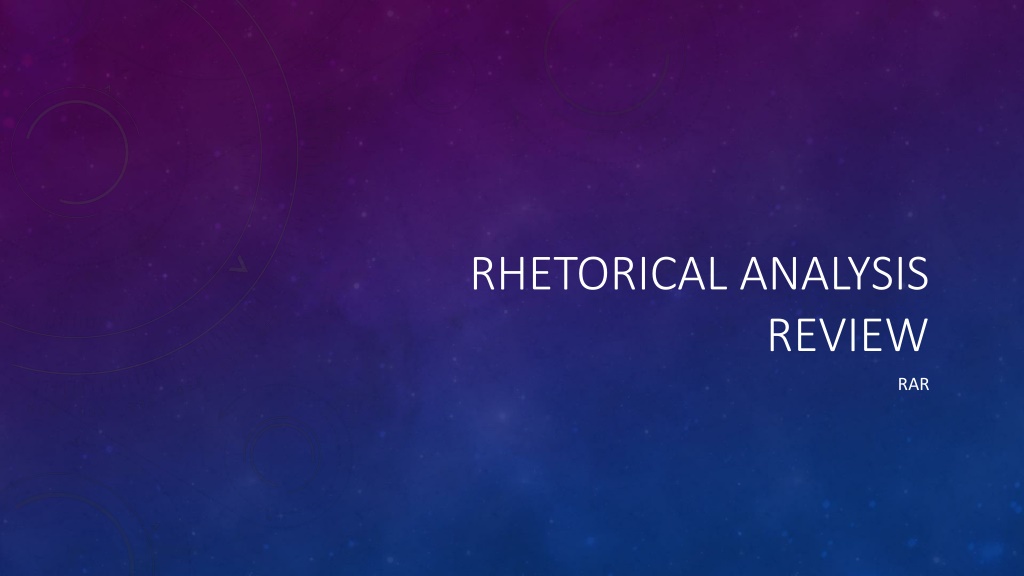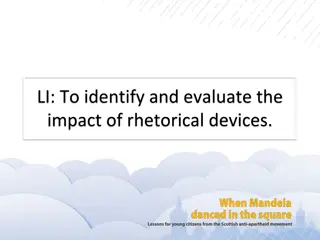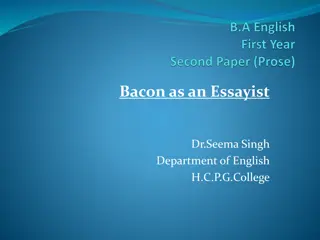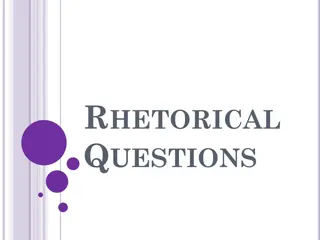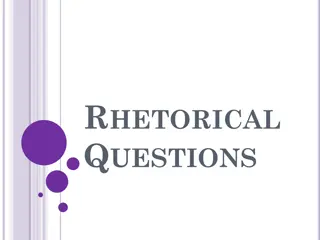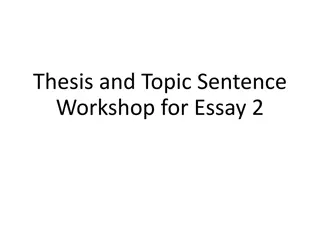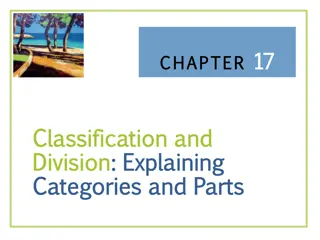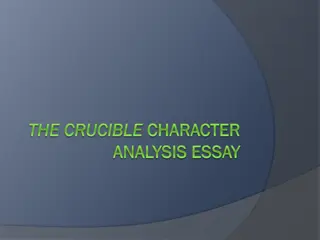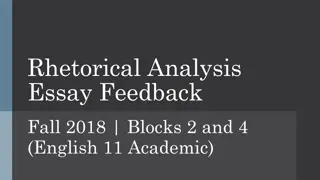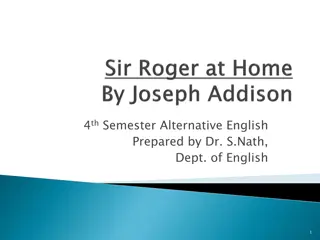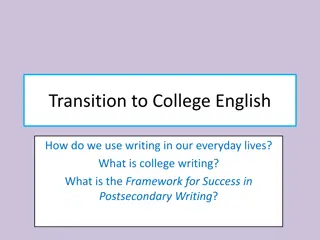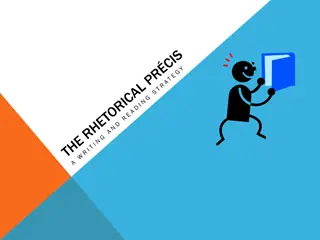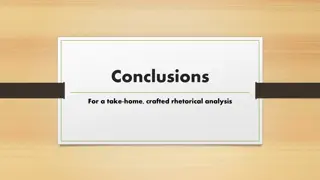Crafting Effective Rhetorical Analysis Essays
Dive into the art of rhetorical analysis with insights on author's purpose, techniques used, structuring body paragraphs, utilizing textual references, essential do's and don'ts, and more. Enhance your analytical skills with practical guidance.
Uploaded on Feb 16, 2025 | 0 Views
Download Presentation

Please find below an Image/Link to download the presentation.
The content on the website is provided AS IS for your information and personal use only. It may not be sold, licensed, or shared on other websites without obtaining consent from the author.If you encounter any issues during the download, it is possible that the publisher has removed the file from their server.
You are allowed to download the files provided on this website for personal or commercial use, subject to the condition that they are used lawfully. All files are the property of their respective owners.
The content on the website is provided AS IS for your information and personal use only. It may not be sold, licensed, or shared on other websites without obtaining consent from the author.
E N D
Presentation Transcript
RHETORICAL ANALYSIS REVIEW RAR
OVERALL What is the author s purpose? What rhetorical techniques/strategies does author use to develop purpose?
PROMPT Read carefully Underline key words and phrases Address the prompt
THE PASSAGE 1stread thru: figure out what s going on 2nd 3rdread thru: follow close reading steps Use SOAPSTone Subject: What is the passage about? Purpose: What is the message concerning this topic?
THE ESSAY Use single-sentence claim intro Avoid stating ethos, pathos, logos, but be aware of their function Organize body paragraphs by Rhetorical strategies Or, beginning, middle, and end
TEXTUAL REFERENCES At least 2-3 per body paragraph Don t quote an entire sentence use short TRs Explicit analysis: how and why TR proves your Topic Sentence
RA Dos - Use single-sentence claim intro - Use ample TRs as support - Integrate TRs into your own sentences - Use explicit analysis: how and why your TR supports your TS and, ultimately, your claim - Have topic sentences that connect back to claim - Offer reflection in the conclusion: bigger picture - Double, double check that you are addressing the prompt - Identify tone and shifts, if you see them - At some point you should analyze the diction, whether through a discussion of imagery, tone, repetition, emotional appeals, whatever you should be analyzing use of language somewhere or throughout your paper Looking at connotative words and their effect can be powerful. - Know your terms - If you know the name of the author or audience, say it
RA DONTS Point out rhetorical strategies without analyzing how they develop author s purpose Discuss rhetorical strategies that you don t feel comfortable with Use long TRs Plop in a TR Use you, thing, contractions, etc. Remember non-negotiables Paraphrase Be vague Use filler sentences that don t say anything This clarifies Banneker s claim. Credibility is important to persuade someone.
GOOD TR INTEGRATION AND ANALYSIS Johnson clearly illuminates the detrimental effect on the economy: that more than a sixth part of our circulating coin is spent maintaining these prisoners, who as a matter of fact, were being killed one hundred and fifty thousand every generation. These numbers are shocking. The statistics establish the fallacy in the prison policy without any room for refutation. He uses morbid imagery of a debtor being dragged to prison then uses interruption to emphasize the fleetingness of how the debtor is pitied for a moment then quickly continues on to harsh realities of the prisons. This use of interruption focuses attention to the fact that debtors receive no sympathy, no understanding and are treated the same as a deranged murderer or rapist that may be found in an identical prison.
